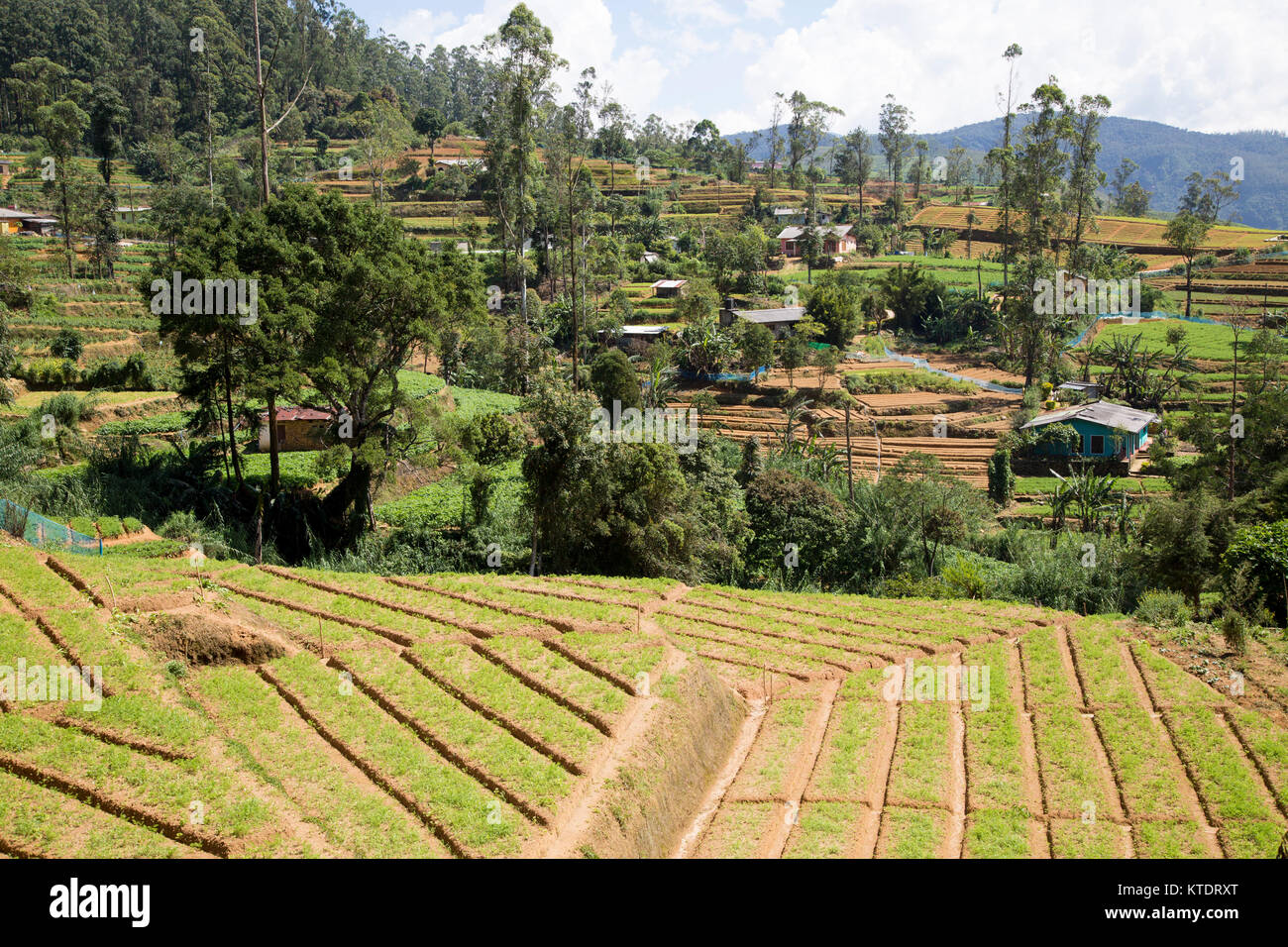Intensive Subsistence Farming
The term, ‘intensive subsistence agriculture’ is used to describe a type of agriculture characterised by
high output per unit of land and relatively low output per worker. Although the nature of this
agriculture has changed and in many areas now it is no more subsistence.
But despite changes the term ‘intensive subsistence’ is still used today to describe those agricultural
systems which are clearly more sophisticated than the primitive agriculture. Sometimes it is also
known as ‘monsoon type of agriculture’.
Location:
This form of agriculture is best developed in and practically confined to the monsoon lands of Asia. It
is found in China, Japan, Korea, India, Pakistan, Sri Lanka, the greater part of continental South-East
Asia and parts of insular South-East Asia (Java, Luzon, Visayan Inlands, coastal Sumatra and
Malaysia
Characteristics:
The main characteristics of the intensive subsistence agriculture are as follows:
(i) Very small holdings:
Farms have been subdivided through many generations so they have become extremely small and
often uneconomic to run. An average farm in Japan is approximately 0.6 hectare (about 1.5 acres) but
in India and elsewhere in Asia farms may be even smaller.
(ii) Farming is very intensive:
In Monsoon Asia, the peasants are so ‘land hungry’ that every bit of tillable land is utilised for
agriculture. The fields are separated only by narrow, handmade ridges and footpaths by which the
farmers move around their farms. These are kept very narrow to save space. Additional land is made
available for cultivation by draining swampy areas, irrigating drier areas and terracing hill slopes to
produce flat areas that are suitable for paddy cultivation. Only the steepest hills and the most infertile
areas, irrigating drier areas and terracing hill slopes to produce flat areas that are suitable for paddy
cultivation. Only the steepest hills and the most infertile areas are left uncultivated.
Farming is so intensive that double- or treble- cropping is practised, that is, several crops are grown
on the same land during the course of a year. Where only one crop of paddy can be raised, the fields
are normally used in the dry season to raise other food or cash crops such as sugar, tobacco or oilseeds.
(iii) Much hand labour is entailed:
Traditionally, much hand labour is required in wet paddy cultivation. Ploughing is done with the aid
of buffaloes, the fields are raked by hand, the paddy is planted painstakingly in precise rows by the
women, harvesting is done with sickles and threshing is done by hand. Farm implements are often still
very simple.
(iv) Use of animal and plant manures:
To ensure high yields and continued fertility farmers make use of every available type of manure
including farm wastes, rotten vegetables, clippings, fish wastes, guano, animal dung (especially those
from the pig sties and poultry yards) and human excreta.
Increasing amounts of artificial fertilisers are now being used in Japan, India and China, usually with
government advice or assistance. The basic fertilisers applied include phosphates, nitrates and potash,
which help to replenish vital plant nutrients in the soil.
(v) Dominance of paddy and other food crops:
Paddy is the most dominating crop produced in intensive subsistence agriculture. But due to
differences in relief, climate, soil and other geographical factors, it is not practicable to grow padi in
many parts of Monsoon Asia.
Though methods are equally intensive and farming is done on a subsistence basis, a very wide range
of other crops are raised. In most parts of North China, Manchuria, North Korea, northern Japan and
Punjab, wheat, soya beans, barley or kaoliang (a type of millet) are extensively grown as major food
crops.









0 Comments